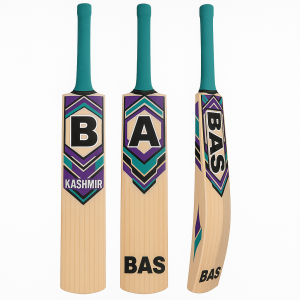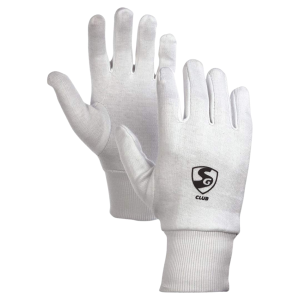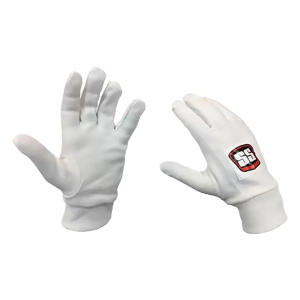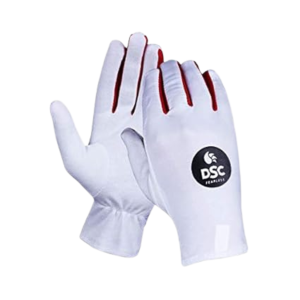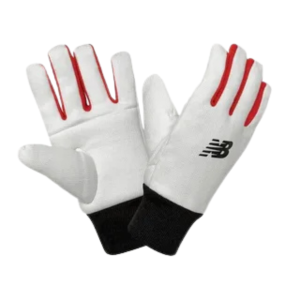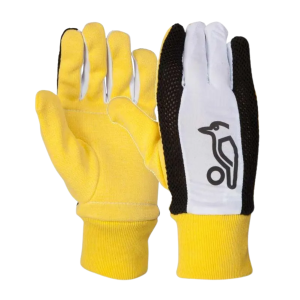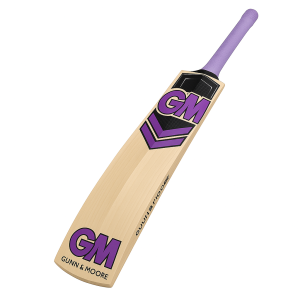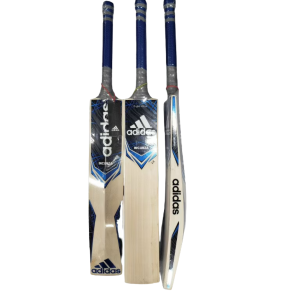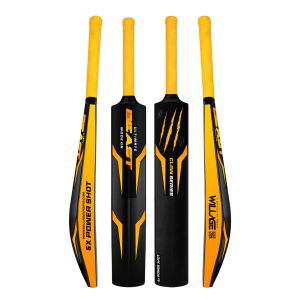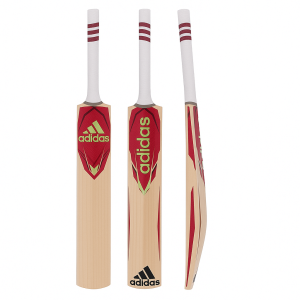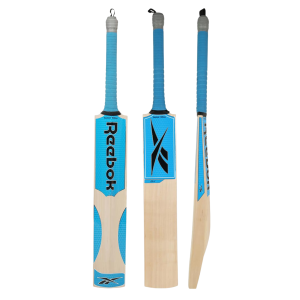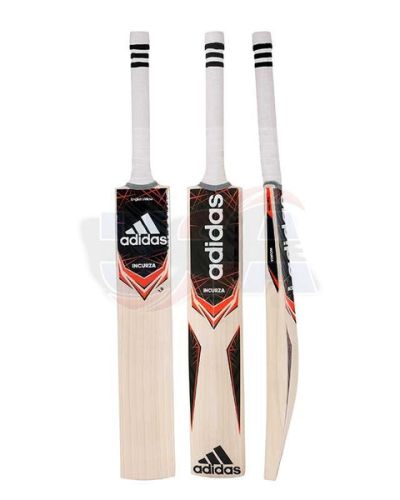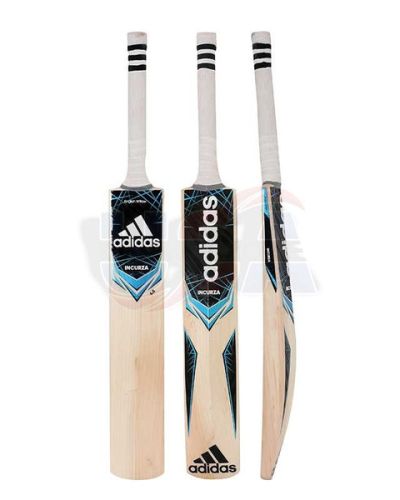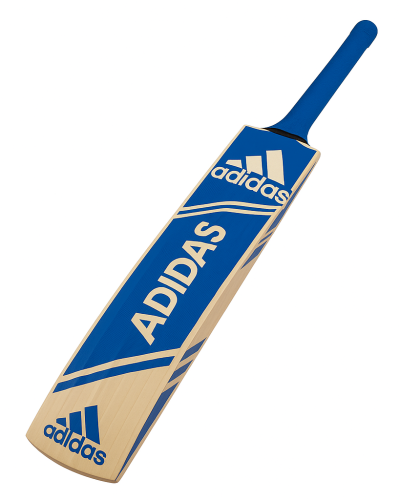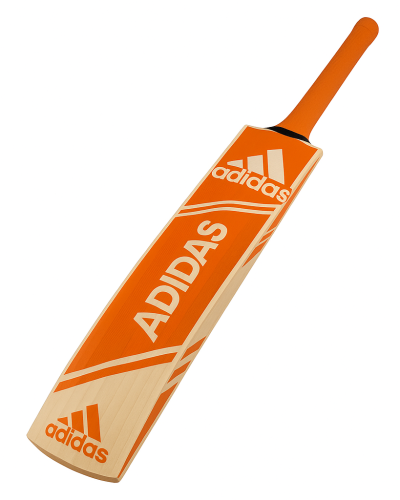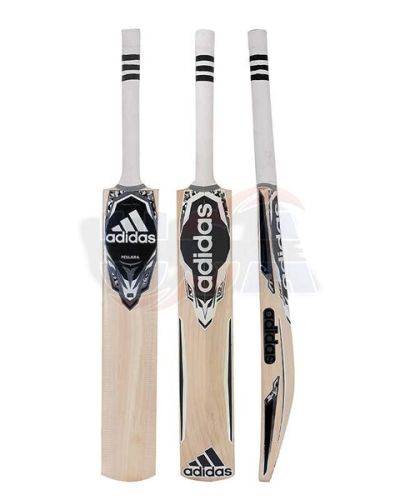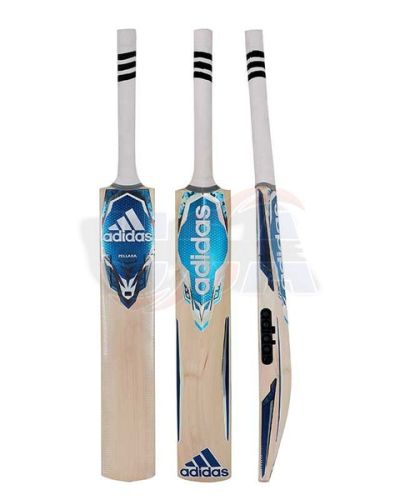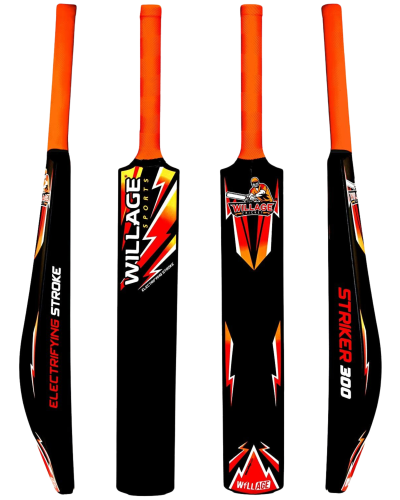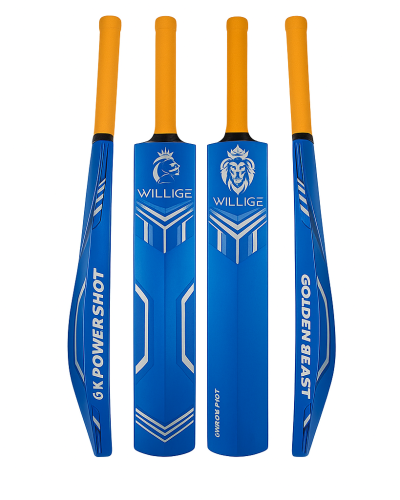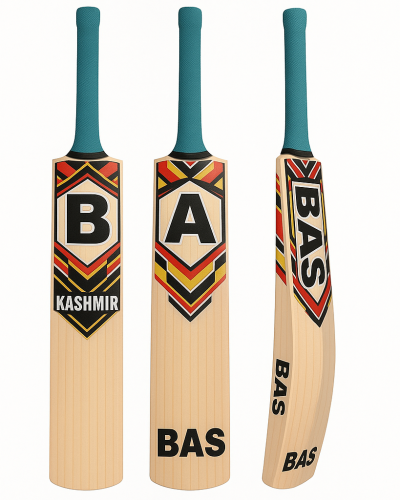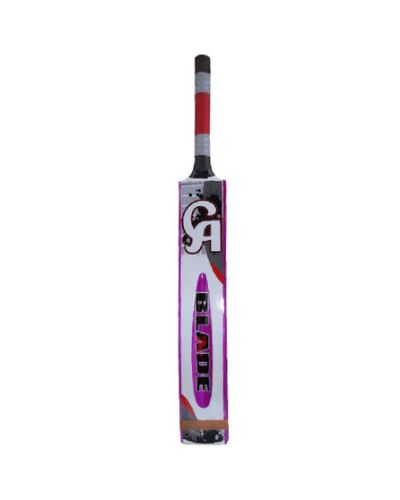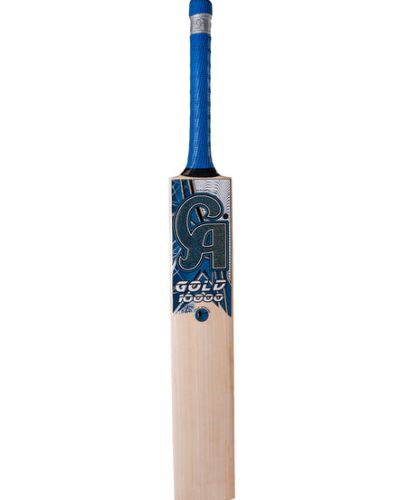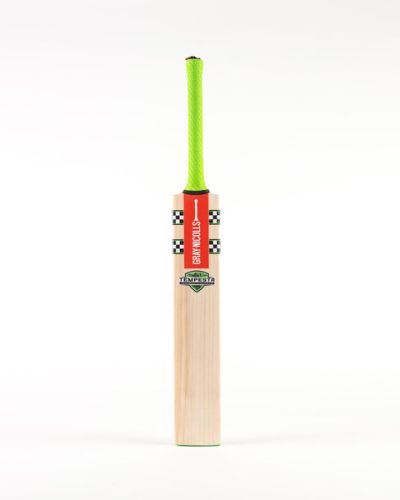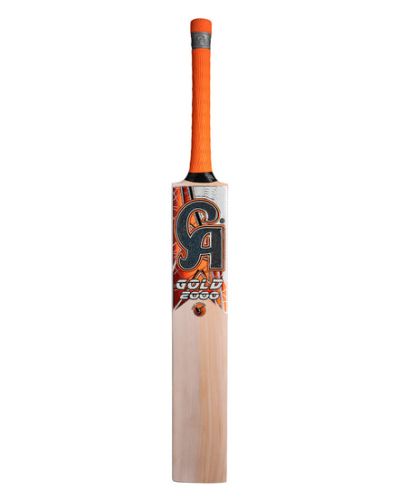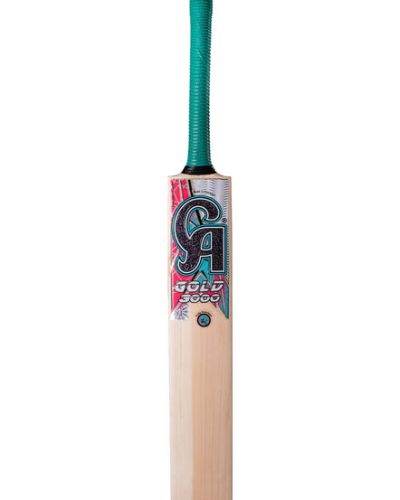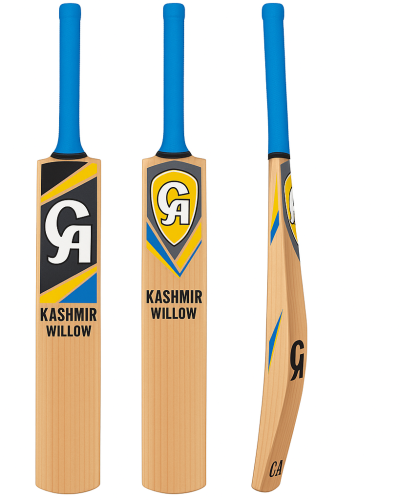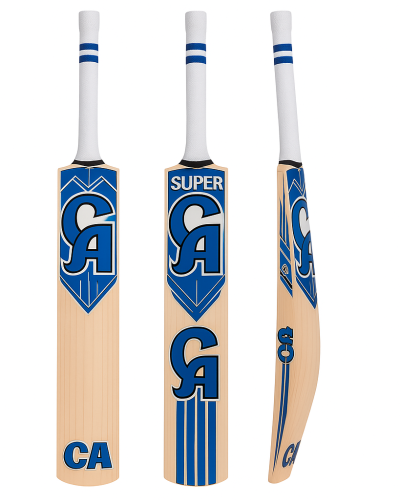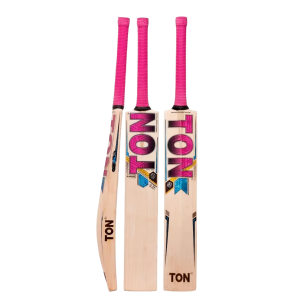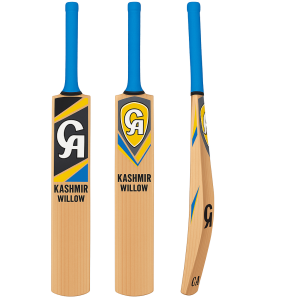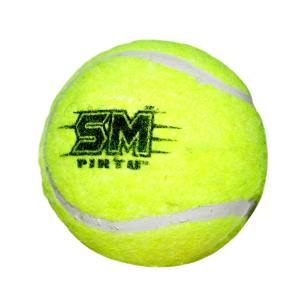- Home
- Cricket Bats
Cricket Bats
In cricket, the bat is the primary tool of a batsman. The choice of a cricket bat can make a significant difference in a player’s performance. From the type of wood used to the weight, shape, and handle design, every element of the cricket bat plays a role in how well a player can perform on the field. A well-chosen bat can improve shot-making ability, control, and power, while the wrong bat can hinder a player’s game.
In this article, we’ll explore the different types of cricket bats, the factors that influence their performance, how to choose the right one, and the role cricket bats play in the sport.
The Anatomy of a Cricket Bat
A cricket bat is a carefully crafted piece of equipment, made with specific materials and features to enhance performance. Here’s a breakdown of the main components of a cricket bat:
1. Blade
The blade is the main striking surface of the bat. It is typically made from willow, which is known for its light weight and excellent power-to-weight ratio. The blade is flat and has a wide, broad face to make contact with the ball.
Material: Willow is the most common material used for cricket bats due to its lightweight nature and excellent ability to generate power when striking the ball. Two types of willow are commonly used: English willow and Kashmir willow.
English Willow: Known for its superior quality, English willow is lighter, more resilient, and provides better performance.
Kashmir Willow: Generally less expensive and slightly heavier than English willow, Kashmir willow is used for more affordable bats but offers a good balance between durability and performance.
2. Handle
The handle of the bat is made from sarawak cane or composite material and connects the blade to the grip. It is crucial for providing a comfortable and stable grip, allowing players to have control over the bat while playing shots.
Material: High-quality cricket bat handles are made from cane, as it provides flexibility and strength, allowing for better shock absorption when the ball strikes the bat.
Design: The handle comes in different designs, including oval and round shapes, offering different levels of comfort and control to the player.
3. Grip
The grip is the outer covering of the handle and is made from rubber or synthetic materials. It provides the batsman with a firm and comfortable hold on the bat.
Material: Modern grips are made from durable rubber, and some also feature patterns or textures for added comfort and grip.
Shape: Grips come in various thicknesses and textures, and batsmen can choose their preference based on how much feel they want for the bat or how much cushioning they prefer.
4. Sweet Spot
The sweet spot is the area of the bat’s blade that provides the maximum power and control when striking the ball. This area is generally located around the middle of the blade. The location and size of the sweet spot depend on the bat’s profile and how the bat is crafted.
Sweet Spot Location: For traditional English willow bats, the sweet spot tends to be closer to the center, while for power-oriented bats, the sweet spot may be positioned slightly lower to suit aggressive shots.
5. Spine
The spine of the bat runs along the center of the blade and provides the structure and power to the bat. A higher spine is often associated with a bat that offers more power, while a lower spine provides better balance and control.
Spine Height: Higher spines are typically found in professional bats, giving players the ability to generate more power in their shots, particularly in the shorter formats of the game.
6. Toe
The toe is the bottom part of the bat blade, where the bat makes contact with the ground when placed on the floor. It is often protected with additional material to prevent damage from excessive ground contact.
Toe Protection: Bats with reinforced toes are more durable and less prone to damage from ground contact, making them ideal for playing on harder surfaces.
Types of Cricket Bats
Cricket bats come in various shapes, sizes, and styles, each designed to suit the preferences of different players. Here are the main types of cricket bats:
1. Standard Cricket Bats
The standard cricket bat is the traditional bat used in both professional and amateur cricket. It is usually made from high-quality English willow and features a medium-sized sweet spot for balanced performance.
Features: Medium spine, balanced weight, traditional design, and good all-round performance.
Ideal For: Batsmen who focus on timing, placement, and consistency.
2. Power Bats
Power bats are designed for aggressive players who prioritize hitting big shots and power hitting. These bats feature a larger sweet spot and higher spine, enabling batsmen to generate more power and hit the ball further.
Features: Larger sweet spot, higher spine, thicker edges, and more weight in the lower part of the bat.
Ideal For: Aggressive batsmen who play a lot of attacking shots and are focused on hitting boundaries.
3. Lightweight Bats
Lightweight cricket bats are designed for players who prefer greater control and faster bat speed. These bats are lighter in weight and allow for quick reactions and better maneuverability when playing shots.
Features: Lighter weight, smaller sweet spot, and a focus on speed and control.
Ideal For: Batsmen who prefer timing over power and need to react quickly to fast bowlers or spinners.
4. Junior Cricket Bats
Junior cricket bats are designed for younger players or those with smaller frames. These bats are made from lighter materials and feature smaller handles and blades to accommodate the player’s size and strength.
Features: Lightweight, smaller handle, and shorter blade length.
Ideal For: Young players or beginners just starting their cricket journey.
5. T20 Bats
T20 bats are designed specifically for the fast-paced, aggressive nature of T20 cricket. These bats are built for power hitting, with an emphasis on generating maximum force for explosive shots like sixes and boundaries.
Features: Larger sweet spot, heavier weight, and optimized for power hitting.
Ideal For: T20 players who aim to maximize their shot-making ability and hit big sixes.
Factors to Consider When Choosing a Cricket Bat
Selecting the right cricket bat is a personal choice, and several factors must be considered to ensure the bat suits your style of play. Here’s how you can choose the best bat for yourself:
1. Weight
The weight of the bat is one of the most important factors to consider. A heavier bat offers more power, while a lighter bat offers greater control and maneuverability. The weight you choose depends on your batting style and strength.
Heavy Bats: Offer more power for aggressive play but require more strength to control.
Light Bats: Provide better control, especially for timing, but may sacrifice power.
2. Grip
The grip of the bat should feel comfortable in your hands. A thicker grip can offer more cushioning but may reduce feel, while a thinner grip gives more direct control but may cause discomfort during long innings.
Choose a grip that suits your hand size and playing comfort.
3. Sweet Spot
If you’re a power player, you might prefer a bat with a larger sweet spot to increase the chances of hitting powerful shots. However, if you’re focused on control and placement, a bat with a smaller sweet spot may suit your needs better.
Choose a bat with a sweet spot suited to your playing style.
4. Bat Profile
The bat profile affects its balance and power. Some players prefer a more evenly balanced bat, while others may go for a bat with more weight in the lower part (for power hitting) or the middle (for balance and control).
5. Blade Length
The length of the blade affects both the bat’s weight and the player’s comfort. Some bats have a longer blade for more surface area, while others have a shorter blade for quicker response and control.
6. Material
The quality of willow used in the bat significantly impacts its performance. English willow is the preferred material for professional bats, offering the best power-to-weight ratio, while Kashmir willow is used for more affordable bats.
Popular Brands of Cricket Bats
Several top brands are known for producing high-quality cricket bats, each offering a variety of options for different playing styles:
Gray-Nicolls: A well-known brand that offers traditional and modern bats for players of all levels.
Kookaburra: Known for producing powerful and high-performing bats used by international cricketers.
Adidas: Offers a variety of cricket bats focusing on power and performance for aggressive players.
Puma: Known for its innovative designs and high-quality willow bats.
SG (Sanspareils Greenlands): A popular brand in India, known for its high-quality bats suited for both domestic and international cricket.
Conclusion
The cricket bat is one of the most essential pieces of equipment for a batsman, and selecting the right bat can make a world of difference in your performance. From the type of willow used to the weight, profile, and grip, each factor influences how the bat feels and performs. By understanding the different types of cricket bats and considering your own playing style and preferences, you can choose the perfect bat to enhance your game and take your cricketing skills to the next level.
Categories
- Balls (11)
- colored batting gloves (2)
- Cricket Bails (5)
- cricket balls (16)
- Heavy Tennis Ball (4)
- Leather ball (12)
- Cricket Bats (392)
- cricket Equipment (50)
- Cricket Caps (12)
- Helmets (25)
- cricket Gloves (52)
- Cricket Jersey (159)
- BBL cricket jersey (9)
- Country (75)
- Afghanistan cricket jersey (9)
- Australia cricket jersey (6)
- Bangladesh Cricket Jersey (6)
- England cricket jersey (6)
- Indian Cricket Team Jersey (6)
- Nepal cricket jersey (6)
- New Zealand Cricket Jersey (6)
- Pakistan Cricket Jersey (6)
- South Africa cricket Team Jersey (6)
- USA Cricket Team Jersey (6)
- West Indies Cricket Team Jersey (6)
- Zimbabwe Cricket Jersey (6)
- IPL Cricket Jersey (66)
- PSL cricket jersey (9)
- Cricket Kit Bag (102)
- Cricket Pads (10)
- Cricket Shirts (78)
- country's (66)
- Afghanistan cricket shirts (6)
- Australia cricket shirts (6)
- Bangladesh Cricket Shirt (6)
- England Cricket Shirt (6)
- Indian cricket Shirts (6)
- New Zealand cricket shirts (6)
- Pakistan cricket shirts (6)
- South Africa Cricket Team Shirt (6)
- USA cricket shirt (6)
- West Indies cricket shirts (6)
- zimbabwe cricket shirts (6)
- Cricket Leagues Shirt (12)
- IPL Team shirts (12)
- RCB T Shirt (6)
- SRH Shirts (6)
- IPL Team shirts (12)
- country's (66)
- Cricket Shoes (26)
- Leg Pads (10)
- Other Cricket Gear (108)
- Pads & Guards (50)
- Stumps & Accessories (18)
- white batting Glove (4)
- Youth Pads (9)
Filter by color
Filter by size
Filter by brand
Products
- Sale!
$19.00Original price was: $19.00.$13.00Current price is: $13.00. - Sale!
$19.99Original price was: $19.99.$10.00Current price is: $10.00. - Sale!
$19.99Original price was: $19.99.$13.99Current price is: $13.99. - Sale!
$9.99Original price was: $9.99.$5.00Current price is: $5.00. - Sale!
$9.99Original price was: $9.99.$4.99Current price is: $4.99.
- Default sorting
- Sort by latest
- Sort by popularity
- Sort by average rating
- Sort by price: low to high
- Sort by price: high to low
New Products
- Sale!
$19.00Original price was: $19.00.$13.00Current price is: $13.00. - Sale!
$19.99Original price was: $19.99.$10.00Current price is: $10.00. - Sale!
$19.99Original price was: $19.99.$13.99Current price is: $13.99.
Top Products
- Sale!
$155.00Original price was: $155.00.$144.00Current price is: $144.00. - Sale!
$79.99Original price was: $79.99.$69.99Current price is: $69.99. - Sale!
$9.99Original price was: $9.99.$7.99Current price is: $7.99.
On Sale
- Sale!
$19.00Original price was: $19.00.$13.00Current price is: $13.00. - Sale!
$19.99Original price was: $19.99.$10.00Current price is: $10.00. - Sale!
$19.99Original price was: $19.99.$13.99Current price is: $13.99.


